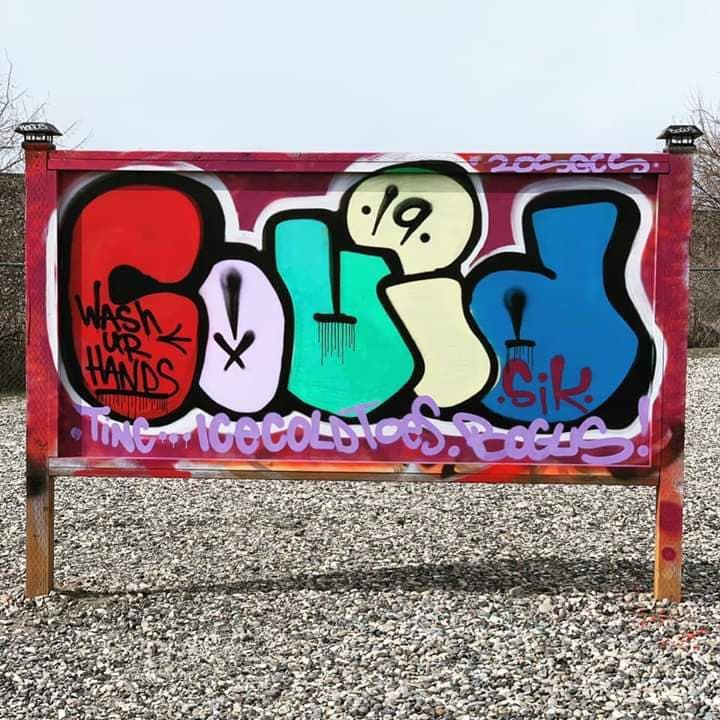Art doesn’t stop. Through poverty, heartbreak, illness, wars, plagues and pandemics, art is still made and consumed.
It is thought that Shakespeare wrote King Lear, Macbeth, and Antony and Cleopatra all while locked down during the plague of 1606. Boccaccio created the Decameron during the Black Death, Picasso painted Guernica during the Spanish Civil War, and both Egon Shiele and Gustav Klimt created works during the Spanish flu pandemic, which claimed both of their lives. Ragtime/jazz music was birthed amidst typhus, yellow fever, influenza, and cholera—and the list goes on and on.
During times of crisis, making and consuming art offers refuge and comfort, entertainment, and escape. Art gives a voice to the people, preserves our stories, and documents our history.
Now, as our community pulls together in solitude and solidarity, art is essential to all of us maintaining hope and peace of mind. Many are experiencing material, physical, and emotional hardship as we face economic uncertainty, stress from the recent upheaval of our daily lives, and fear for our health and the health of our loved ones.
The refuge, comfort, entertainment, and escape art provides can be a valuable coping tool.
Whether it be streaming “The Mandalorian,” turning to the pile of books we have been meaning to read, moving our bodies to a favorite song, taking photographs of our children, painting a picture, or browsing a gallery online, art has been proven to reduce stress and increase feelings of peace and connection.
Artists are also essential during this time. We need them to tell our stories, to document pieces of history textbooks will not, to give a voice to the unheard, to teach us, and to continue creating content that brings us comfort and joy.
There is no monument to the Spanish Flu, no collective memorial, but writings and art, like Edvard Munch’s “Self Portrait with the Spanish Flu” and Egon Scheile’s “The Family” allow us a window of remembrance and recognition.
Textbooks describe the great depression, but Dorthea Lange’s “Migrant Mother” takes us there in a way other historical accounts cannot. Scientists and politicians spoke to the public during the HIV/AIDS epidemic, but Kieth Haring was a voice for the voiceless.
During the past several weeks, writers, quilters, photographers, painters, musicians, and countless other creatives have continued to show up. They have continued to create and have found ways to be of service to communities across our nation, whether it be creating masks for our healthcare workers, providing free art lessons for our children at home, or live concerts online for us to enjoy together, in isolation—artists are providing essential services.
Let us continue to connect during this time through the arts and explore ways to connect creatively as a society as we continue physical distancing.
DrewBoy Creative will continue showing up as best we can. We will provide artists with a platform during this time and create a space for our community to connect through the arts. And while we have had to postpone physical gatherings and exhibitions, we will not stop holding art shows.
We held our first virtual show, “Something Hopeful, Please: DBC Virtual Art Show,” in Response to COVID-19 on April 10th, 6:15-7:15pm.
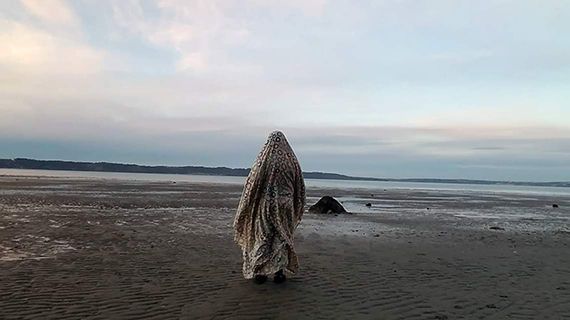
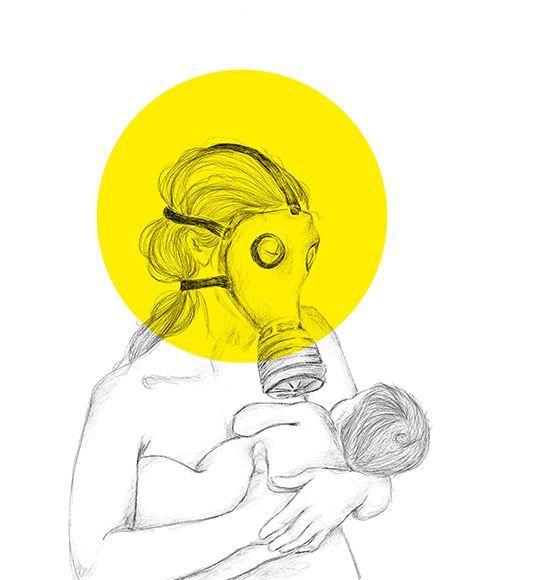
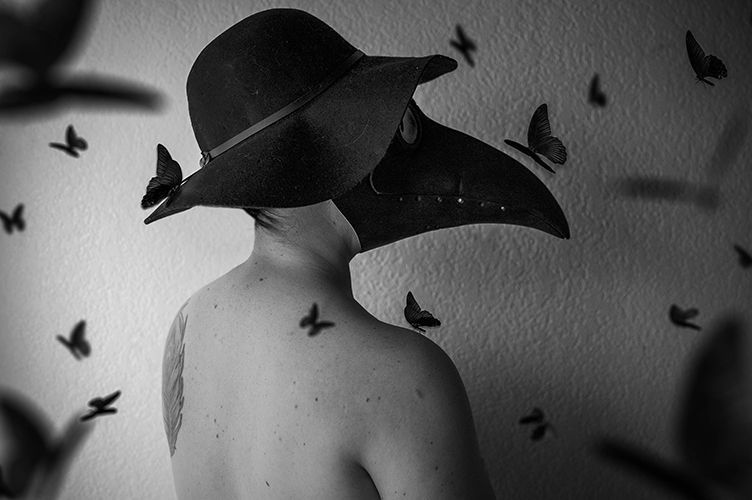
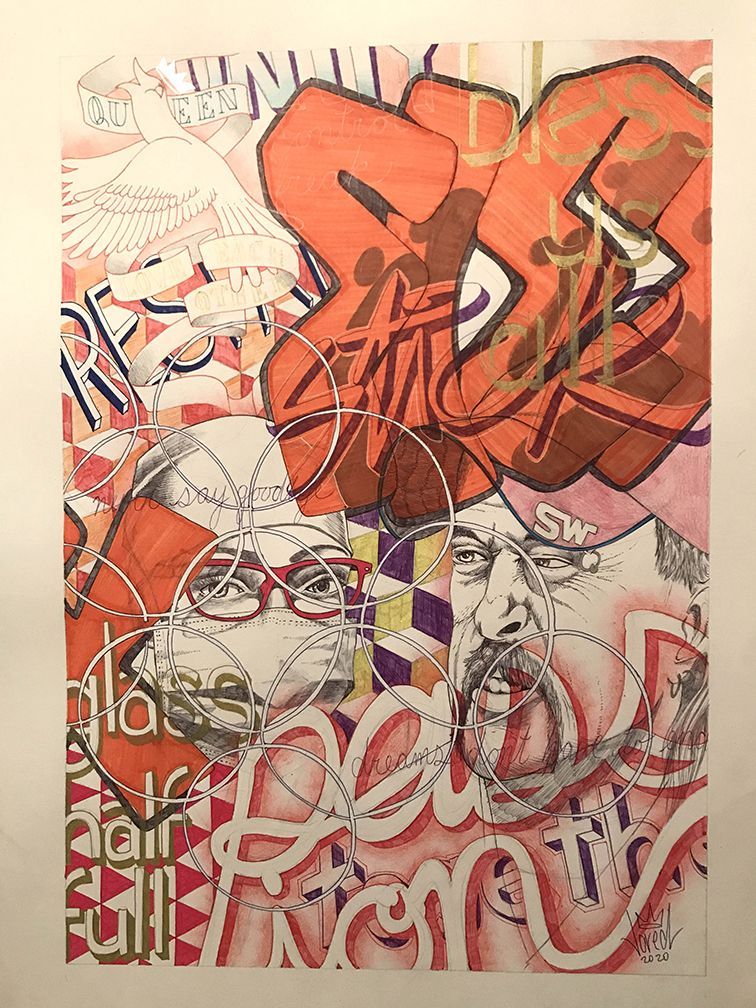
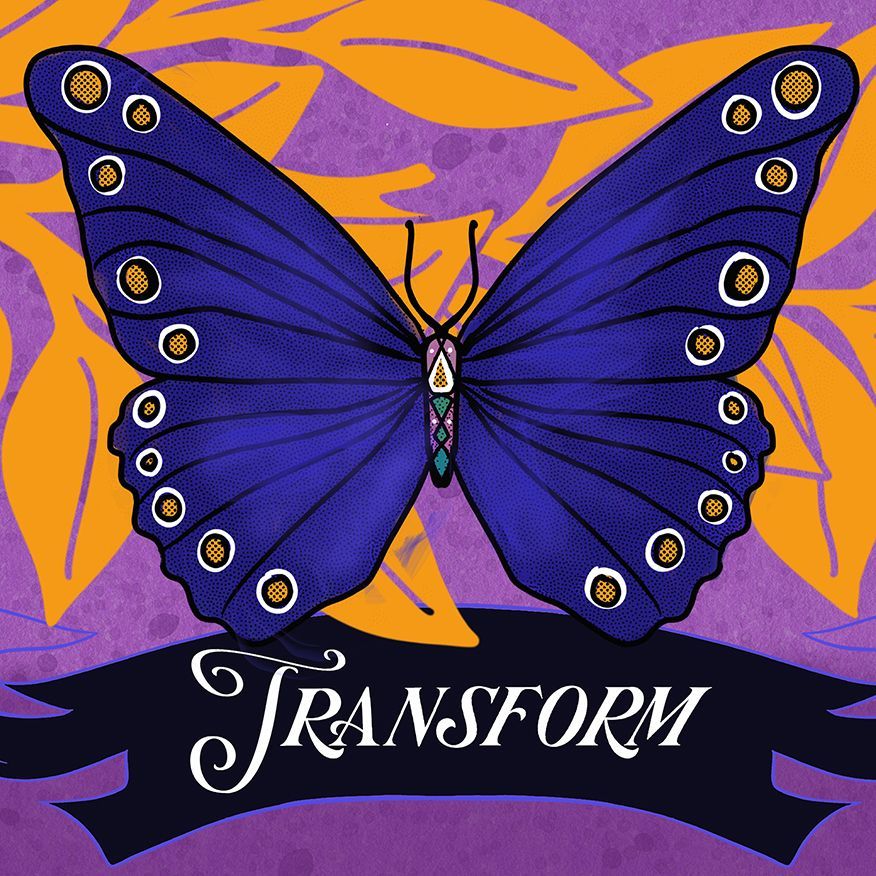
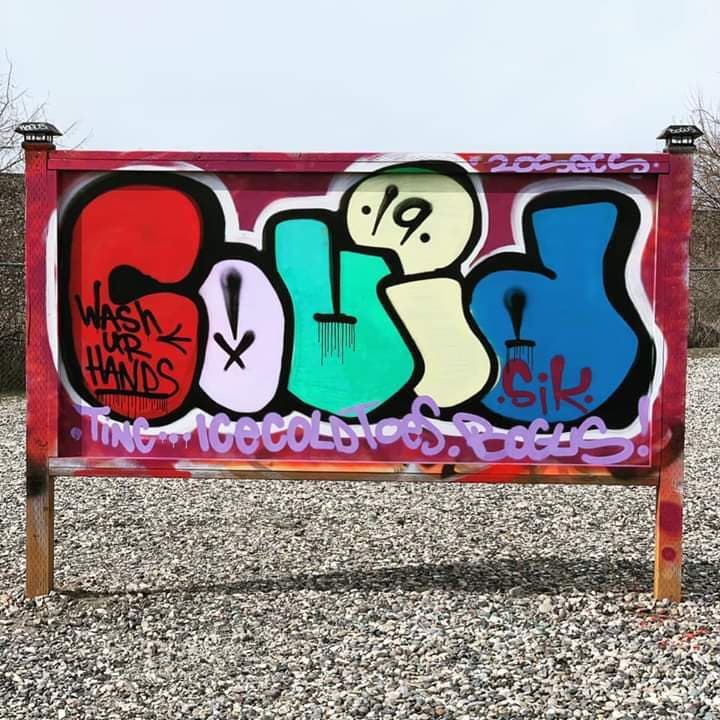
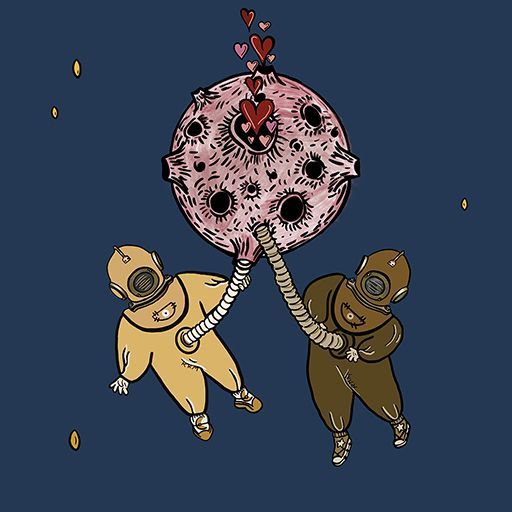
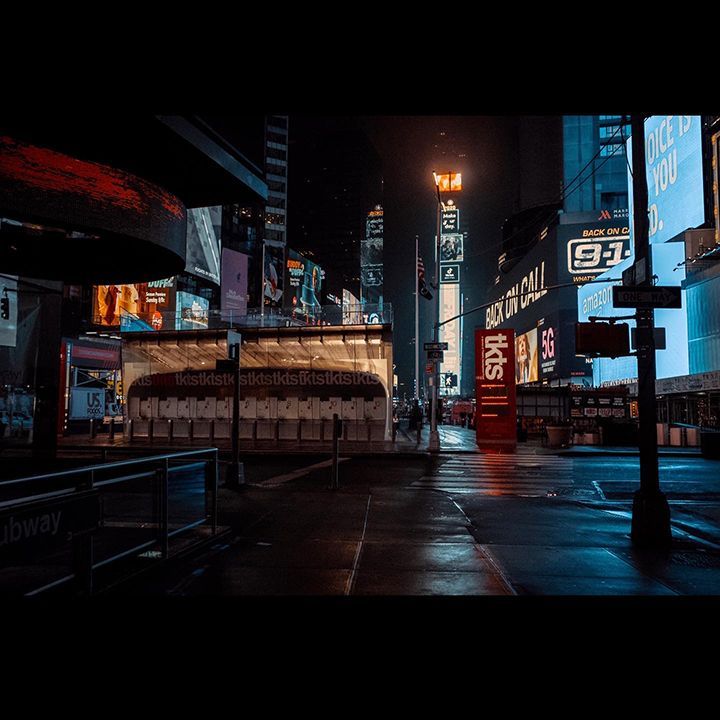
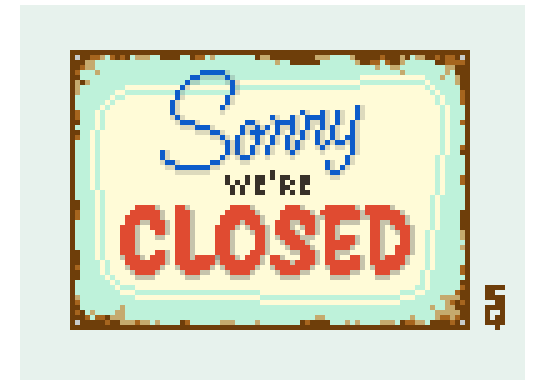
You can view the virtual art show at drewboycreative.com/covid-19art.

